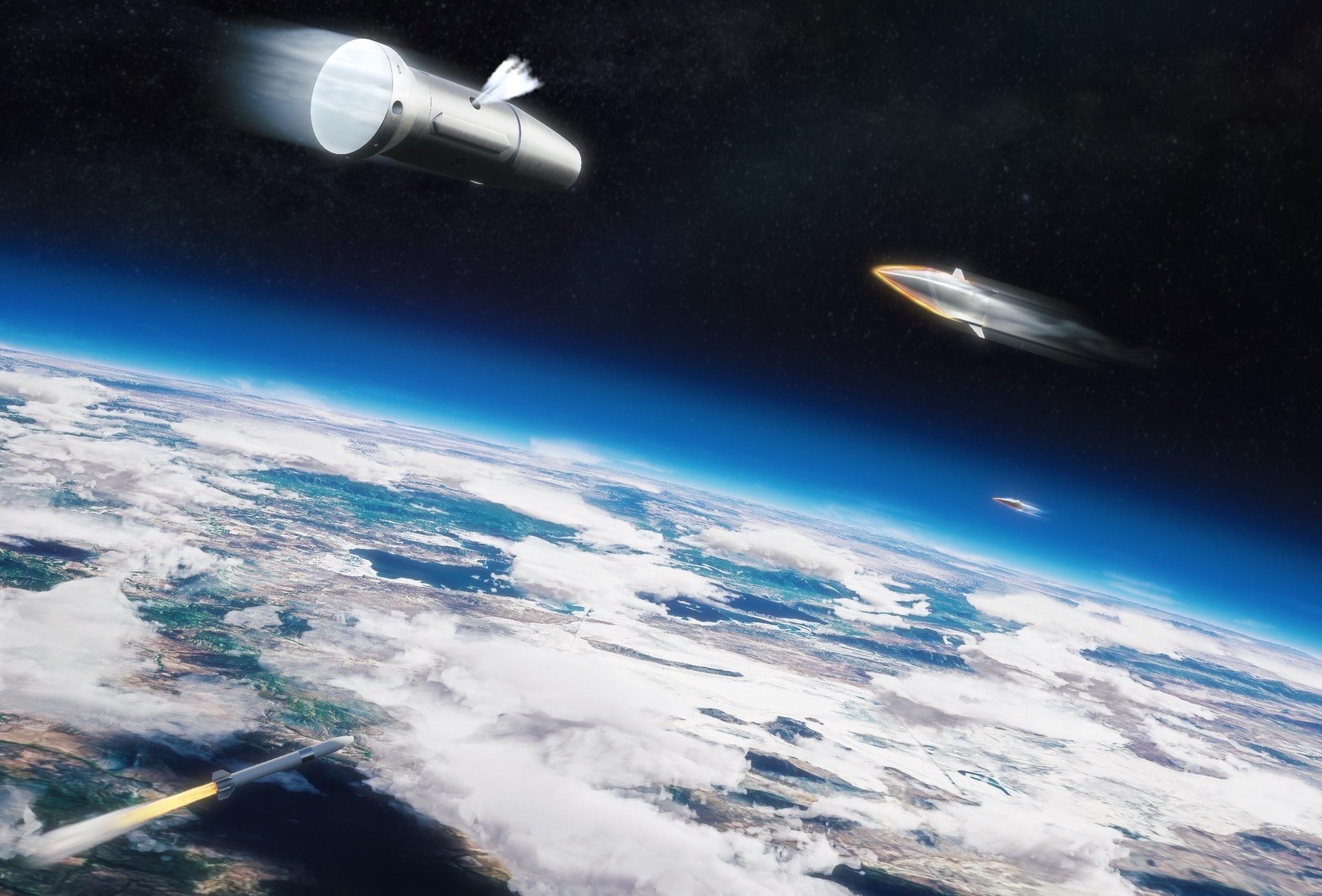
A rendering of Aquila released by MBDA during the Paris Air Show.
Credit: MBDA
LE BOURGET—There is now a two-horse race to develop a European hypersonic defense interceptor after MBDA entered the fray with its proposed Aquila interceptor. MBDA—along with 19 partners and 30 subcontractors from 14 European countries—will develop the Aquila concept for the European Defense Fund...
Subscription Required
This content requires a subscription to one of the Aviation Week Intelligence Network (AWIN) bundles.
Schedule a demo today to find out how you can access this content and similar content related to your area of the global aviation industry.
Already an AWIN subscriber? Login
Did you know? Aviation Week has won top honors multiple times in the Jesse H. Neal National Business Journalism Awards, the business-to-business media equivalent of the Pulitzer Prizes.


